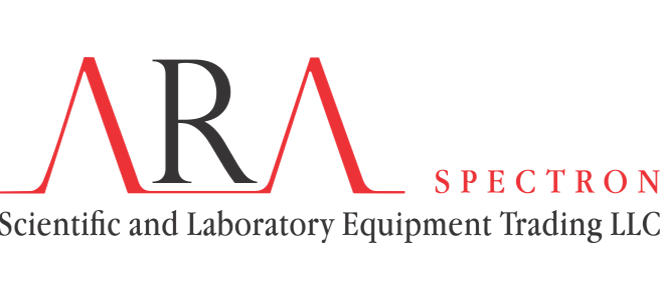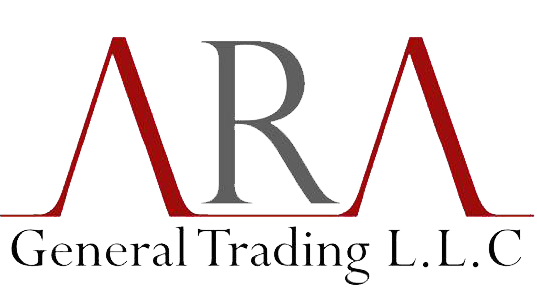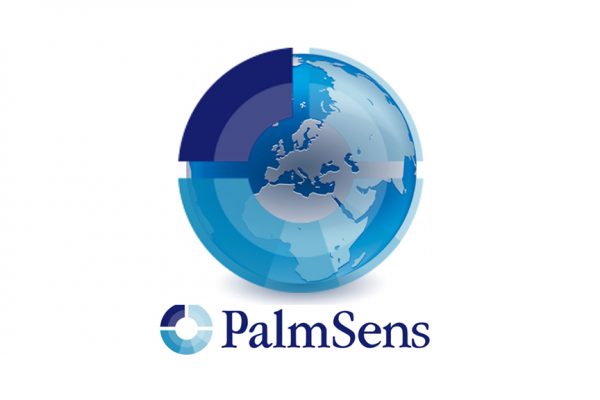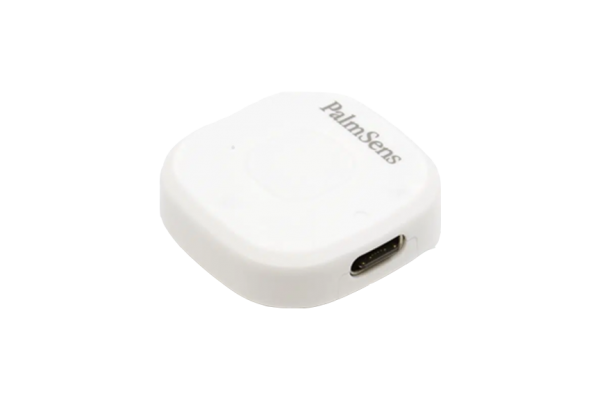Metallic artifacts, meticulously conserved for centuries, often face severe corrosion when exposed to common atmospheric chemicals upon removal from their original sites. This ongoing corrosion study is crucial as it sheds light on the contributing factors.
Metal artifacts may be covered with either artificial or natural patinas, which depend on exposure conditions, especially in specific thermal contexts. Unfortunately, the storage conditions in this case did not promote optimal preservation, resulting in visibly heterogeneous patinas.
To design an effective conservation strategy, it is essential to study differentially corroded areas. This strategy should include controlled cleaning interventions, identification of an optimal protection level, and continuous monitoring of corrosive processes.
Collaborative research on the ongoing corrosion of discovered statues involves several institutions:
1. University of Genoa (UNIGE)
2. Superintendence of Archeology, Cultural Heritage, and Landscape of the provinces of Siena, Grosseto, Arezzo (Sabap-Si)
3. University for Foreigners of Siena (UNISTRASI)
4. Central Institute for Restoration (ICR)
Method and Instruments:
The METAL group at the University of Genoa developed an in-situ probe for characterizing patinas using electrochemical techniques. Specifically, they employed Electrochemical Impedance Spectroscopy and Linear Sweep Voltammetry with the portable PalmSens4 device. This approach allowed them to analyze data directly in the field and provide immediate feedback to restoration experts using PSTrace software.
Results:
The electrochemical measurements not only guided restoration decisions for preserving, cleaning, and stabilizing the artifacts but also facilitated a rigorous evaluation of the long-term effectiveness of the preservation strategy. This practical application of findings ensures confidence in the preservation efforts.

Ongoing Corrosion Study of Metallic Artifacts: Insights and Preservation Strategies
Recent Comments
Archives
- December 2025
- October 2025
- September 2025
- August 2025
- July 2025
- April 2025
- July 2024
- June 2024
- January 2024
- October 2023
- September 2023
- July 2023
- May 2023
- February 2023
- January 2023
- November 2022
- September 2022
- August 2022
- July 2022
- June 2022
- May 2022
- April 2022
- March 2022
- February 2022
- January 2022
- December 2021
- November 2021
- October 2021
- September 2021
- August 2021
- July 2021
- June 2021
- May 2021
- April 2021
- March 2021
- February 2021
- January 2021
- December 2020
- November 2020
- October 2020
- September 2020
- August 2020
- July 2020
- June 2020
- May 2020
- April 2020
- March 2020
- April 2019
- March 2019
Categories
Recent Posts
- ISO 13485 Certification Awarded to Ocean Optics, Highlighting Commitment to Quality and Safety December 8, 2025
- New PalmSens Potentiostat with integrated multiplexer in One: The EmStat4 MUX October 8, 2025
- All-in-One Solution: EmStat4 MUX Potentiostat by PalmSens October 8, 2025
- FRITSCH Dual Technology for Advanced Particle Analysis October 3, 2025
Tags
AFIDA
ANALYSETTE 22
ASTM D4054
Aviation
Bionanoparticles
Certification
Compliance
corrosion measurements
Electrochemical Impedance Spectroscopy (EIS)
Electrochemical Techniques
Electrochemistry
Exosomes
Galvanostat
High_Resolution_spectrometers
Impedance Analyzer
Impedance Spectroscopy
ISO 13485
Mechanical Tests
Medical Instrumentation
Modular Spectroscopy
Nexus
NIR Spectroscopy
Ocean-Optics
Ocean_Insight
Ocean_Optics
PalmSens
PalmSense
Pharmaceutical
Pharmaceutical Waste
Polymer-based aqueous Column
Potentiostat
Quality Assurance
Quality Management System
Regulatory Standards
Sample Preparation
Search Publication
SEC Column
Shodex
spectrometer
Spectroscopy application
Spectroscopy Equipment
Stanhope Seta
UB-50
UB-100
Viruses




